Introduction:
Ensuring proper maintenance of your motorcycle is crucial for its longevity and performance, and one of the most essential aspects of this is the regular changing of motorcycle oil. But how often should you be doing this to keep your bike in optimal condition? Understanding the recommended motorcycle oil change interval for 2024 and beyond can help you avoid mechanical issues and extend the life of your machine.
This guide dives deep into the world of motorcycle oil changes, exploring factors that influence oil change intervals, the different types of oil available, and the signs that might indicate your motorcycle needs an oil change sooner rather than later. By understanding these factors, you can establish a personalized oil change routine that keeps your engine purring and protects your investment.
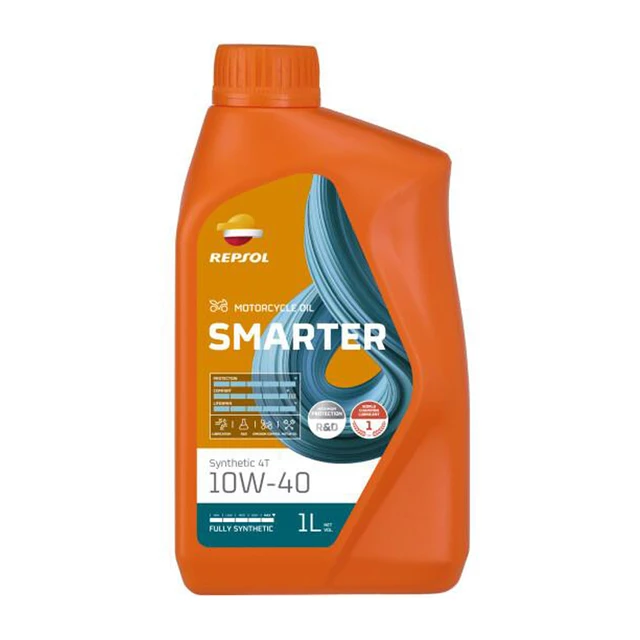
Factors Affecting Motorcycle Oil Change Intervals
There’s no one-size-fits-all answer to the question of how often to change your motorcycle oil. Several factors play a role in determining the optimal oil change interval for your specific motorcycle:
-
Oil Type:
- The type of oil you use significantly impacts how often you need to change it.
- Mineral Oil (Conventional Oil): The most affordable option, but breaks down faster and requires more frequent changes, typically every 2,000 to 3,000 miles.
- Semi-Synthetic Oil: Offers a blend of mineral and synthetic oil properties, providing a balance between performance and affordability. Oil changes are recommended every 5,000 to 6,000 miles .
- Synthetic Oil: The most expensive option, but boasts superior performance and longevity. Synthetic oil changes can last between 7,000 and 10,000 miles.
-
Riding Frequency and Conditions:
- How often and how you ride your motorcycle also influence oil change intervals. Frequent short trips don’t allow the engine oil to reach optimal operating temperature, leading to increased condensation and oil breakdown. Conversely, long highway rides at consistent speeds put less stress on the oil. Off-road riding and stop-and-go traffic also contribute to faster oil degradation.
-
Climate:
- Extreme hot or cold weather conditions can affect the performance of your motorcycle oil. In hot climates, the oil thins out and loses its viscosity faster. Conversely, cold weather can thicken the oil, making it harder for it to circulate through the engine. Both scenarios necessitate more frequent oil changes.
-
Motorcycle Age and Engine Type:
- Older motorcycles may require more frequent oil changes due to wear and tear on the engine components. Additionally, high-performance engines generate more heat and stress on the oil, necessitating shorter intervals between changes.
Referencing Your Owner’s Manual
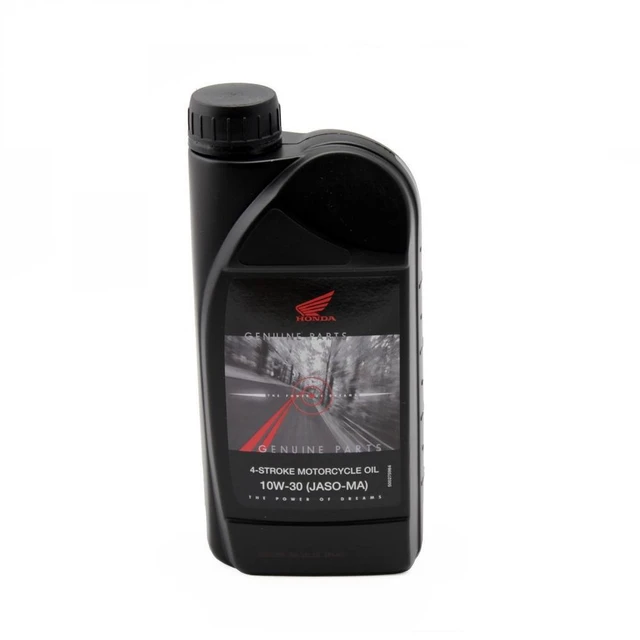
While the factors mentioned above provide a general guideline, your motorcycle’s owner’s manual is the ultimate authority on oil change intervals. The manual will specify the recommended oil type, viscosity grade, and oil change frequency based on the motorcycle’s specific design and engineering. Consulting your owner’s manual ensures you’re using the correct oil and following the manufacturer’s recommended maintenance schedule for optimal performance and longevity.
Understanding the Importance of Regular Oil Changes
Motorcycle oil serves several critical functions:
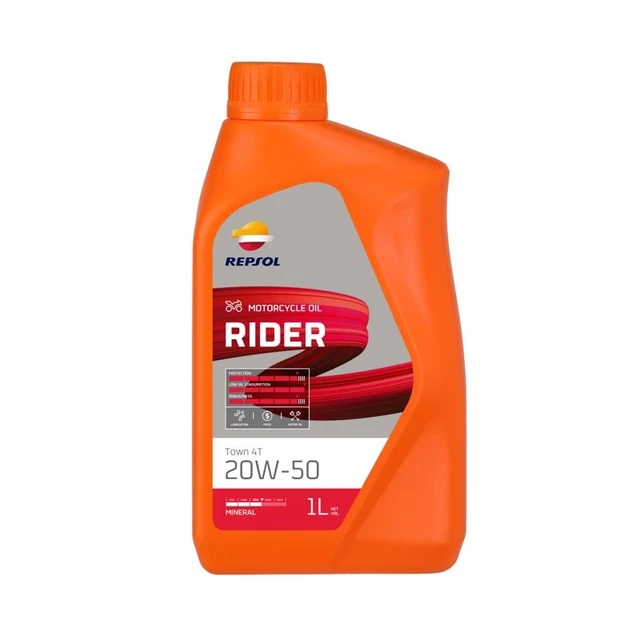
- Lubrication: Oil reduces friction between moving engine parts, minimizing wear and tear.
- Cooling: Oil absorbs heat generated by the engine and carries it away, preventing overheating.
- Cleaning: Oil helps suspend dirt and debris generated by engine wear, preventing them from circulating and causing further damage.
- Corrosion Protection: Oil forms a protective layer on engine components, preventing rust and corrosion.
Over time, motorcycle oil breaks down and loses its effectiveness. It becomes contaminated with dirt, debris, and combustion byproducts. As a result, the oil’s ability to lubricate, cool, and clean the engine diminishes.
This can lead to:
- Increased Friction and Wear: Without proper lubrication, metal components rub against each other, causing excessive wear and tear.
- Engine Overheating: Oil that can’t effectively absorb and transfer heat can lead to engine overheating, potentially causing serious damage.
- Sludge Buildup: Contaminated oil can lead to sludge buildup within the engine, restricting oil flow and further compromising performance.
Following a regular oil change schedule ensures your engine has clean, fresh oil to perform its vital functions. This translates to smoother operation, optimal performance, and a longer lifespan for your motorcycle.
Signs Your Motorcycle Needs an Oil Change
While following your owner’s manual and recommended oil change intervals is crucial, there are also signs that might indicate your motorcycle needs an oil change sooner rather than later:
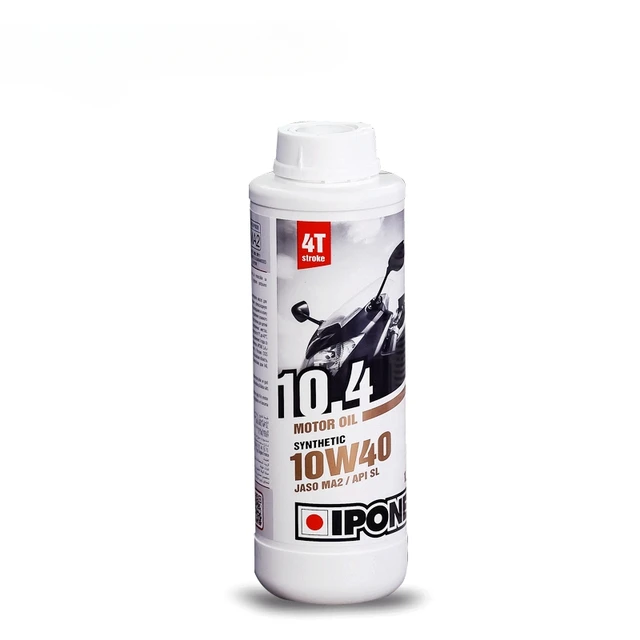
- Black or Dirty Oil: Fresh oil is typically a golden amber color. If your oil appears dark brown or black, it’s likely dirty and needs to be changed.
- Metallic Particles in the Oil: Metallic particles in your oil are a warning sign of internal engine wear. If you notice any metallic flakes or shavings during an oil change, consult a mechanic immediately.
-
Burning Oil Smell:
- A strong burning oil smell can indicate that your motorcycle is burning oil excessively. This could be due to worn piston rings, valve seals, or other issues.
- Difficulty Starting: If your motorcycle is experiencing difficulty starting, it could be a sign that the oil has become too thick and is hindering the engine’s ability to turn over.
-
Decreased Engine Performance:
- A noticeable decrease in engine performance, such as a loss of power or increased vibration, might indicate that the oil is no longer lubricating the engine components effectively.
- Oil Warning Light: Most modern motorcycles come equipped with an oil warning light that illuminates if the oil pressure drops below a safe level. If your oil warning light comes on, stop riding immediately and check the oil level.
If you experience any of these signs, don’t hesitate to schedule an oil change or consult a professional mechanic for further diagnosis.
Choosing the Right Oil for Your Motorcycle
Selecting the right oil for your motorcycle is vital for optimal performance and engine protection. Here are some key factors to consider:
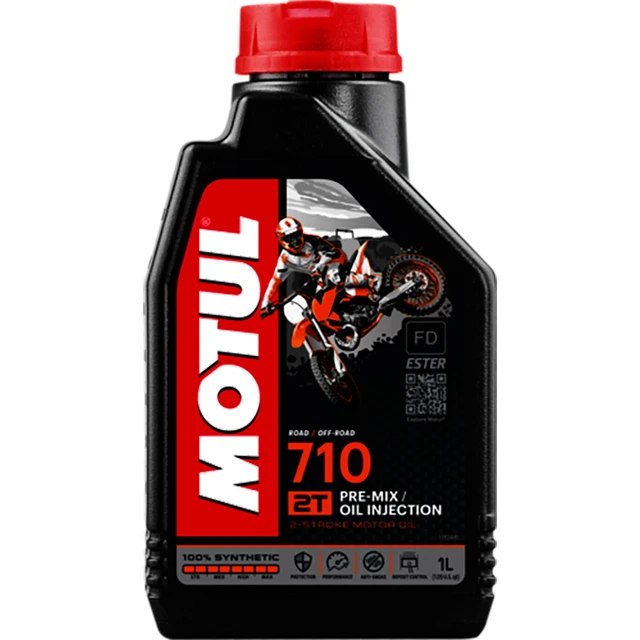
- API Rating:
- The American Petroleum Institute (API) service rating system classifies motor oils based on their suitability for gasoline engines. Look for oil with an API rating that meets or exceeds the manufacturer’s recommendations specified in your owner’s manual. Common motorcycle oil ratings include SJ, SL, SM, SN, and the latest API SP.
- Viscosity Grade:
- The viscosity grade refers to the oil’s thickness and its ability to flow at different temperatures. A multi-grade oil, like 10W-40, offers a wider range of viscosity and performs well in both cold and hot weather conditions. Consult your owner’s manual for the recommended viscosity grade for your motorcycle.
-
Synthetic vs. Conventional Oil:
- As mentioned earlier, synthetic oil offers superior performance and longevity compared to conventional oil. However, it comes at a higher price point. If you’re a frequent rider or your motorcycle operates in extreme weather conditions, synthetic oil might be a worthwhile investment. Conventional oil is a suitable option for motorcycles used less frequently or in moderate climates.
The Importance of Changing Your Oil Filter
The oil filter plays a crucial role in motorcycle maintenance by trapping dirt, debris, and contaminants before they can circulate through the engine oil. When changing your oil, it’s essential to replace the oil filter as well. A clogged filter can restrict oil flow and compromise engine lubrication. Most motorcycle manufacturers recommend changing the oil filter every time you change the oil, or at a minimum, every other oil change.
Do It Yourself or Take it to a Shop?
Changing your motorcycle oil can be a rewarding DIY project that allows you to gain a deeper understanding of your machine. However, it’s not for everyone. Here’s a quick guide to help you decide:
- DIY Oil Change: If you’re comfortable with basic motorcycle maintenance tasks, changing your oil can be a cost-effective option. Several resources are available online and in your owner’s manual to guide you through the process. However, ensure you have the necessary tools, workspace, and proper disposal procedures for used oil and filters.
- Professional Oil Change: Taking your motorcycle to a qualified mechanic for an oil change is a convenient option, especially if you’re unfamiliar with the process or lack the necessary tools and equipment. Mechanics can also perform a visual inspection of your motorcycle during the oil change, identifying any potential problems.
Keep Your Motorcycle Running Smoothly with Regular Oil Changes
Regular oil changes are a fundamental aspect of motorcycle maintenance. By following the recommendations in your owner’s manual, choosing the right oil, and changing your oil filter regularly, you can ensure your motorcycle engine operates smoothly, delivers optimal performance, and enjoys a longer lifespan. Don’t wait until you experience warning signs – schedule your next oil change today and keep your motorcycle running like new!